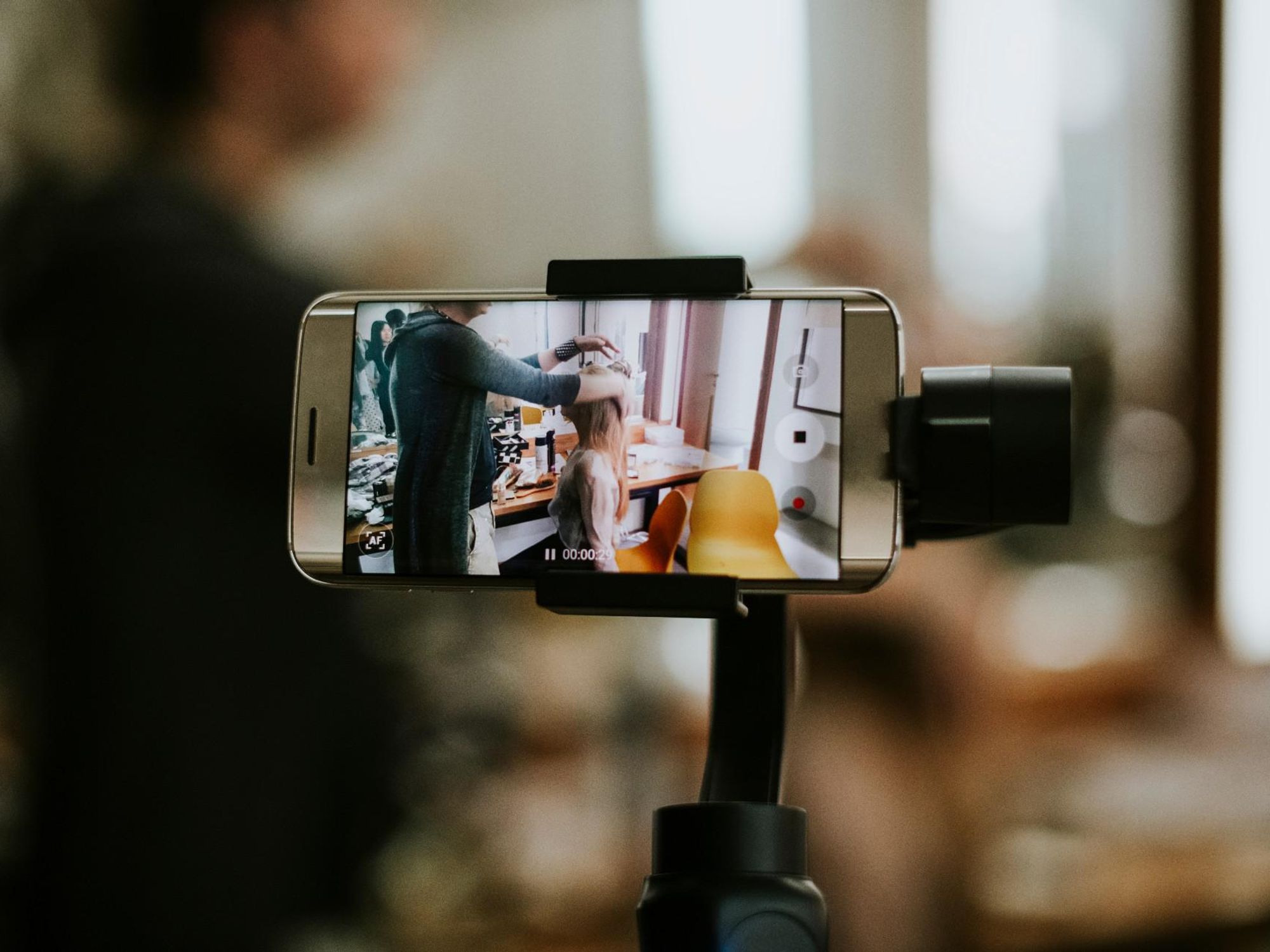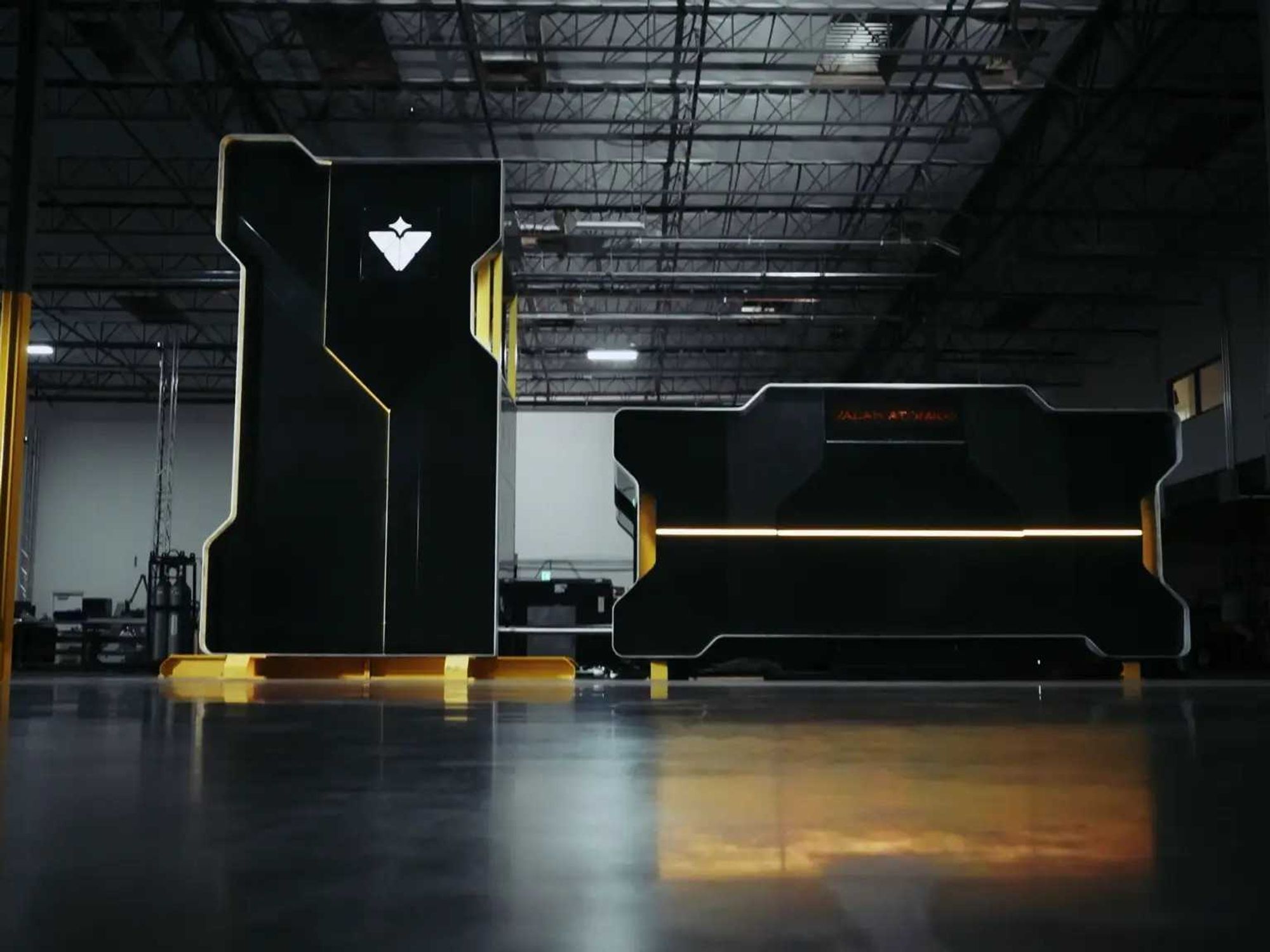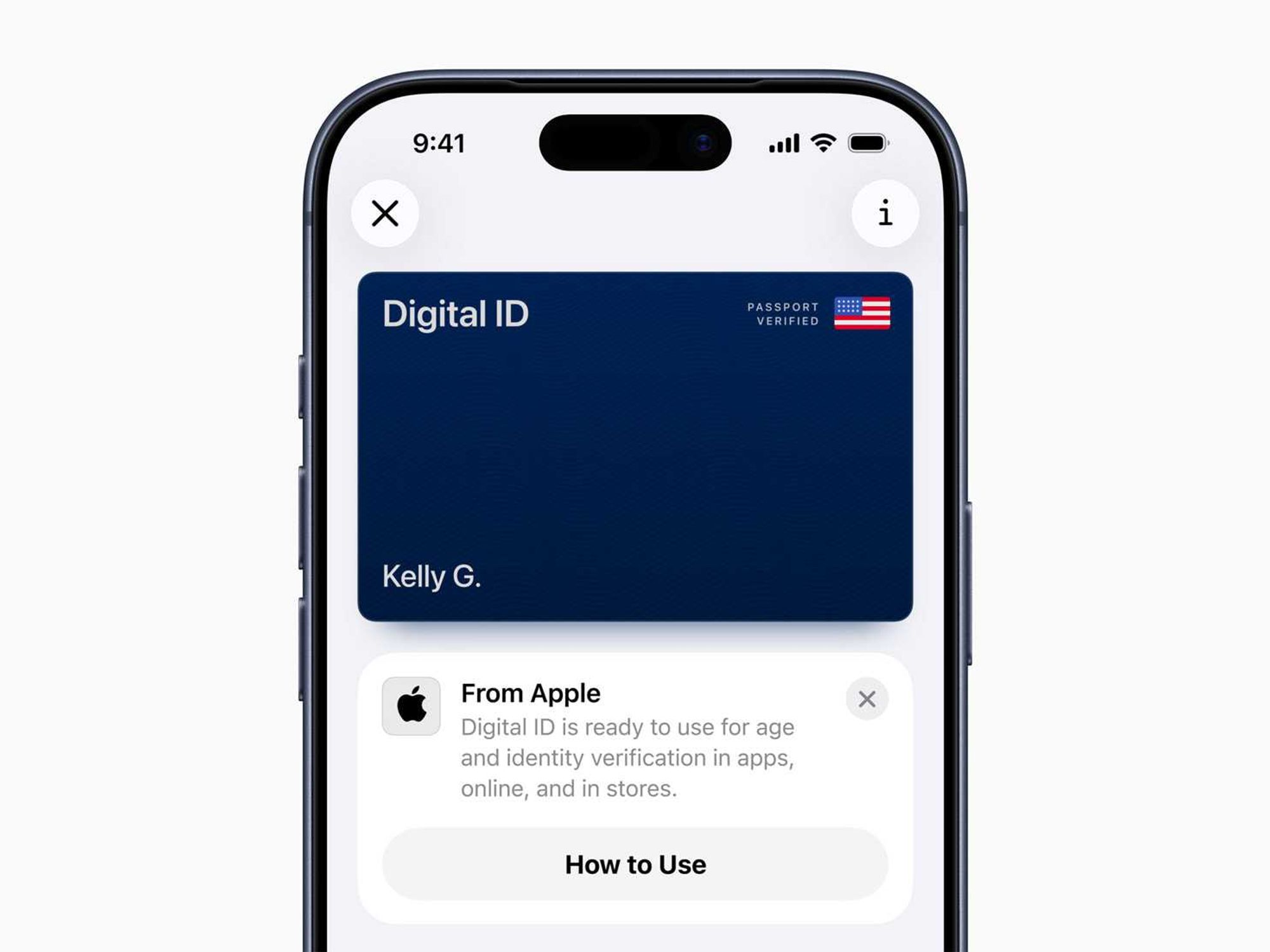2021 Was the Year of the Creator Economy. What's In Store for 2022?
Decerry Donato is a reporter at dot.LA. Prior to that, she was an editorial fellow at the company. Decerry received her bachelor's degree in literary journalism from the University of California, Irvine. She continues to write stories to inform the community about issues or events that take place in the L.A. area. On the weekends, she can be found hiking in the Angeles National forest or sifting through racks at your local thrift store.

Once upon a time, professionals in the entertainment industry had to master expensive programs like Adobe Photoshop, Lightroom and Premiere Pro to stay in the game and win a coveted place at the top-tier companies that served as gatekeepers to stardom.
That landscape has shifted dramatically over the past few years. New platforms have opened up options for creatives and put them directly in touch with a massive audience. Major brands have developed an interest in reaching them (and established budgets meant to do just that). Meanwhile, the tools have become far more accessible and more varied. Creators can now rely on in-app editing, publishing and monetizing tools. All you need is a smartphone.
Today, 50 million see themselves as content creators, according to the Influencer Marketing Hub. Approximately 2.3 million of them say content creation is their full time-job.
It’s no surprise that young professionals might be drawn to an industry where they can set their own schedule and be their own boss. Morning Consult estimates that 86% of Gen Z and millennials now aspire to follow a path that doesn’t end with them in a cubicle. The pandemic has only accelerated this shift in mindset.
As 2021 draws to an end, here are a few trends to keep an eye on in the creator economy that suggest where the industry is headed.
New Platforms and New Models for Monetization
Creators and platforms go hand in hand, and monoliths such as Instagram, TikTok and Youtube will likely continue to serve as the primary outlet for creators, according to Influencer Marketing Hub.
Social media giants are using well-endowed creator funds to keep creators on their platforms, paying them directly for popular content. In the past two years, at least 10 platforms have announced they'll be paying creators for their work. YouTube’s "shorts fund" is distributing $100 million through 2022. While only certain residents of certain countries are eligible, TikTok has said that within three years, its creator fund will grow to over $1 billion in the U.S. and more than double that globally.
Still, in 2021, we saw creator economy startups launch frequently, aimed at subsegments of a social media audience. Social media companies, including many smaller players, have raised $800 million since October 2020, according to Influencer Marketing Hub.
Los Angeles-based food video app Mustard is one such startup. Co-founder Diana Might designed her platform with the content creator very much in mind.
“There's so many food apps that cater first to the business and the restaurant, and our interests as foodies and content creators are the last in the line,” Might said.
Clash app founder Brendon McNerney and P.J. Leimgruber had a similar vision. Unlike rival platforms that require people to have a threshold of followers before they can receive payment, Clash has no barriers to entry.
“Our mission in clash is to make more full time creators, and the way that we do that is just make it accessible along with being fun and easy,” CEO Brendon McNerney said. McNerney wanted to create an app that gave creators the ability to make cash on social media without brand deals.
The Drive to Be Your Own Boss
In the past couple years, we’ve seen pressure from the pandemic combine with these social platforms to create a new form of entrepreneurialism. A generation has grown up believing that they can turn their passions into profit with the right approach. Meanwhile, a rampant virus has made remote work highly desireable and driven housebound audiences to platforms like TikTok and Twitch.
About 43% of the creators surveyed by influencer agency NeoReach make over $50k/year from their content alone, a drastic step up from the average Californian working a minimum wage job, who earns $27k a year.
Many of those who are able to collect an audience on social platforms go on to build businesses off their personal brands.
“Creators now make so much money from social media that crossing over isn’t the be-all and end-all. They can make millions of dollars in advertising on YouTube and sponsorships on Instagram,” said Bloomberg’s Lucas Shaw. “They leverage their audience to start their own clothing or make-up line. And unlike many other creative pursuits, the creator economy has proven pandemic-proof.”
More Brands Turn to Influencers
Many companies were forced to adjust their advertising models in order to survive the pandemic as commercial shoots shut down and consumer habits changed. For many, the new hurdles ushered in a shift toward influencer marketing.
Instead of creating million-dollar ads for television, brands moved to social media, leveraging content creators across Instagram and TikTok to market their products. Adidas, which moved heavily into influencer marketing in the past few years, said it was able to increase its sales by 24%.
The result: Social media now plays a huge role in how consumers shop. Creators have the power to influence the purchasing decisions of others because of their knowledge of the products and overall rapport with their followers.
This last year proved the creator economy can work for brands. It was the year that influencers became ubiquitous. In 2022, expect these networks to grow and develop new models.
Correction: An earlier version of this post misspelled Brendon McNerney's first name and incorrectly stated Dom Hofmann was a co-founder of the app.
- Los Angeles Influencer News - dot.LA ›
- More Than $1.5K for 52 Seconds: How Young Influencers Are ... ›
- CreatorIQ Raises $40M to Make Influencer Marketing Accurate - dot ... ›
- Virtual Influencer Lil' Miquela Will Be Controlled by Fans - dot.LA ›
- How Influencers Became Key to Big Brands During the Pandemic ... ›
- Influencers and Influencer Trends to Watch in 2022 - dot.LA ›
- Why Social Media Startup Clash Just Rebranded As ‘Huddles’ - dot.LA ›
- Why Creators Should Build Community Rather Than a Fan Base - dot.LA ›
Decerry Donato is a reporter at dot.LA. Prior to that, she was an editorial fellow at the company. Decerry received her bachelor's degree in literary journalism from the University of California, Irvine. She continues to write stories to inform the community about issues or events that take place in the L.A. area. On the weekends, she can be found hiking in the Angeles National forest or sifting through racks at your local thrift store.



 Image Source: Valar Atomics
Image Source: Valar Atomics Image Source: Waymo
Image Source: Waymo Image Source: Apple
Image Source: Apple
